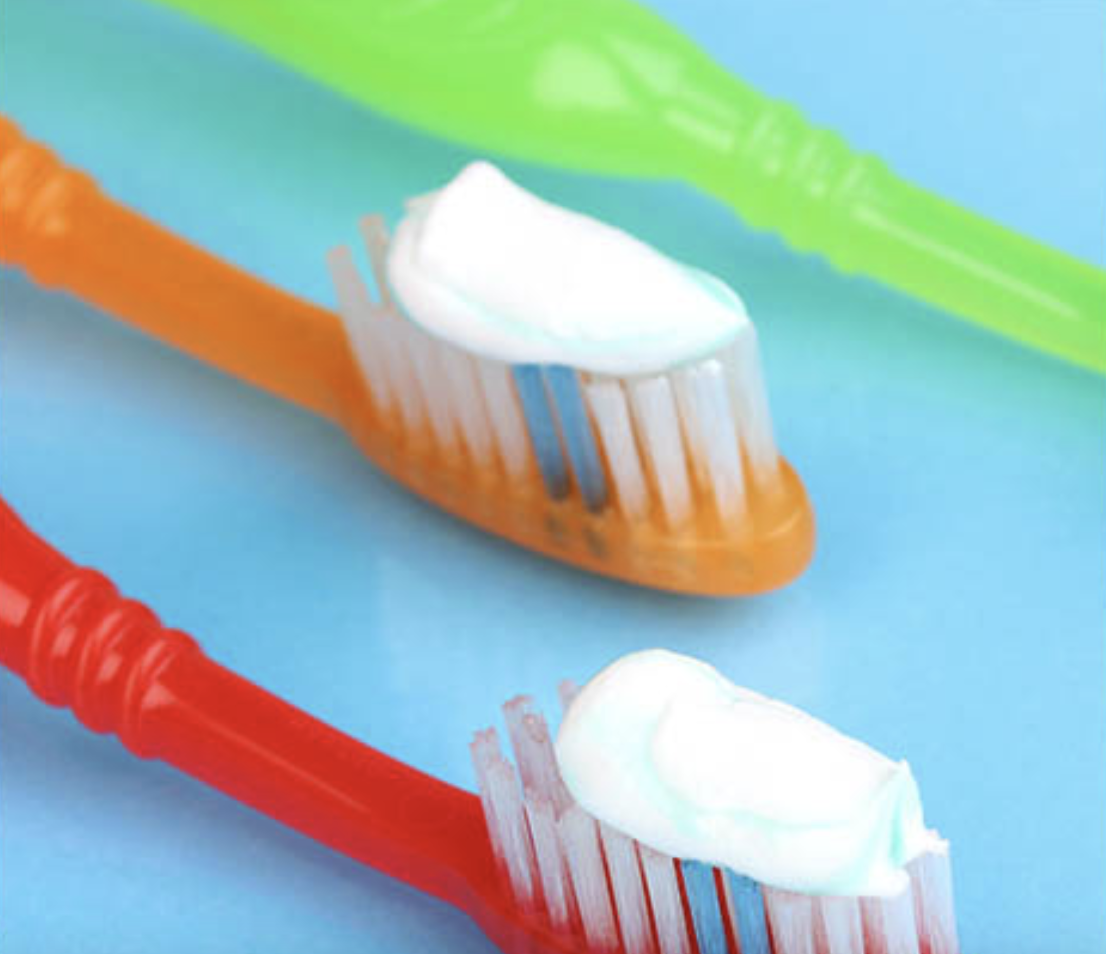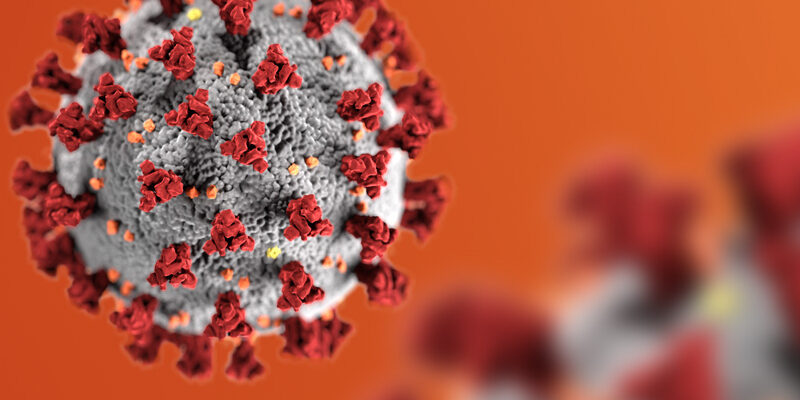Key Points/Overview
In personal care and household products, hydrogen peroxide works as an oxidizing agent, offering a lightening and whitening effect.
Hydrogen peroxide1 is used throughout the healthcare industry and by consumers to clean and disinfect. It is used as an antimicrobial agent and an oxidizing agent and can be found in over-the-counter first aid antiseptics used to clean wounds.
The European Commission on Health & Consumer Protection conducted extensive testing on the safety of hydrogen peroxide in teeth whitening products and determined that the “use of tooth whitening products containing less than 0.1 to 6 percent hydrogen peroxide is considered safe.”
FDA has tested the effects of hydrogen peroxide as a food additive and included it on the Generally Recognized as Safe list.
Uses & Benefits
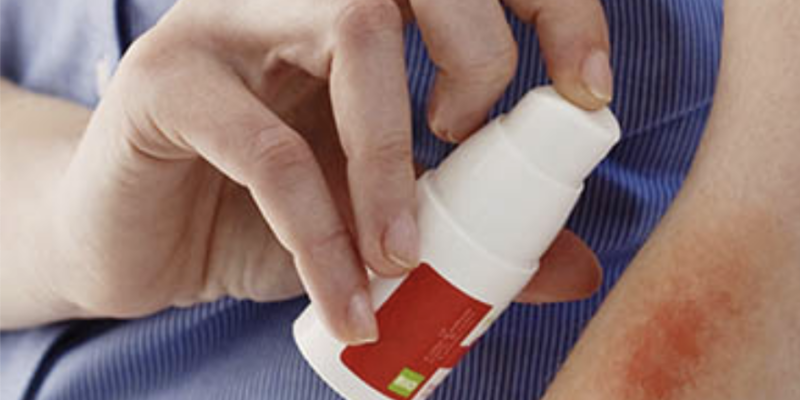
Hydrogen Peroxide is used throughout the healthcare industry and by consumers to clean and disinfect. It is used as an antimicrobial agent and an oxidizing agent and can be found in over-the-counter (OTC) first aid antiseptics used to clean wounds.

During the COVID-19 pandemic, The U.S. Food and Drug Administration (FDA) approved use of a technology developed by scientific research nonprofit Battelle Memorial Institute to use concentrated vapor phase hydrogen peroxide to sterilize used N95 respirator masks and other personal protective equipment worn by healthcare professionals treating coronavirus patients.2 This technology will help enable reuse of respirator masks that are in short supply.
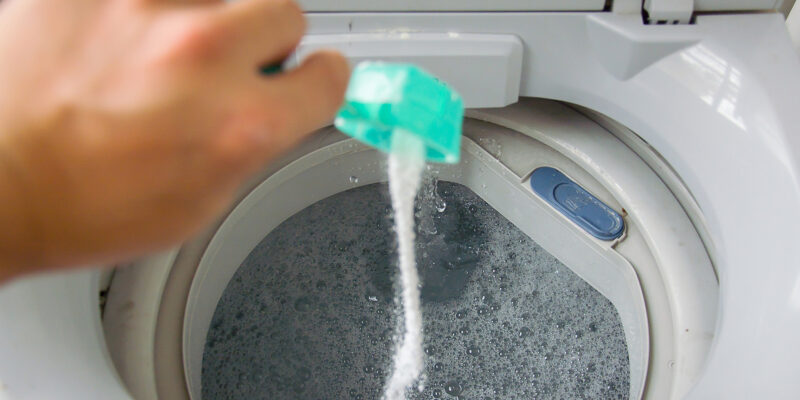
In personal care and household products, such as hair dyes and bleaches, toothpaste, mouthwashes, bathroom cleaners and laundry stain removers, hydrogen peroxide works as an oxidizing agent, offering a lightening and whitening effect.
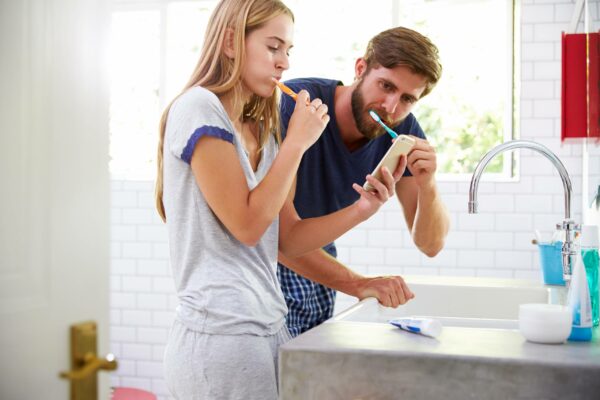
Safety Information
Hydrogen peroxide-based products purchased by consumers for household use typically contain around 3 percent hydrogen peroxide. Manufacturer’s instructions should be followed for safe use.
The European Commission on Health & Consumer Protection conducted extensive testing on the safety of hydrogen peroxide in teeth whitening products and determined that the “use of tooth whitening products containing less than 0.1 to 6 percent hydrogen peroxide is considered safe.”3
FDA has tested the effects of hydrogen peroxide as a food additive and placed it on the Generally Recognized as Safe (GRAS) list.4 FDA also has stated that hydrogen peroxide is “safe for use as an oral wound healing agent.”5
Sources
- Hydrogen Peroxide – Cosmetics Info
- Battelle CCDS™ being Deployed to Meet Urgent Need for Personal Protective Equipment for Nation’s Healthcare Workforce| Battelle Press Release
- Opinion on Hydrogen Peroxide in Tooth Whitening Products (europa.eu)
- CFR – Code of Federal Regulations Title 21 (fda.gov)
- CFR – Code of Federal Regulations Title 21 (fda.gov)
- Hydrogen peroxide | H2O2 – PubChem (nih.gov)
- Drug Warnings – Hydrogen peroxide | H2O2 – PubChem (nih.gov)
- Hydrogen peroxide | H2O2 – PubChem (nih.gov)
- CDC – NIOSH Pocket Guide to Chemical Hazards – Hydrogen peroxide
- Chemical Disinfectants | Disinfection & Sterilization Guidelines | Guidelines Library | Infection Control | CDC
- List N Advanced Search Page: Disinfectants for Coronavirus (COVID-19) | US EPA

